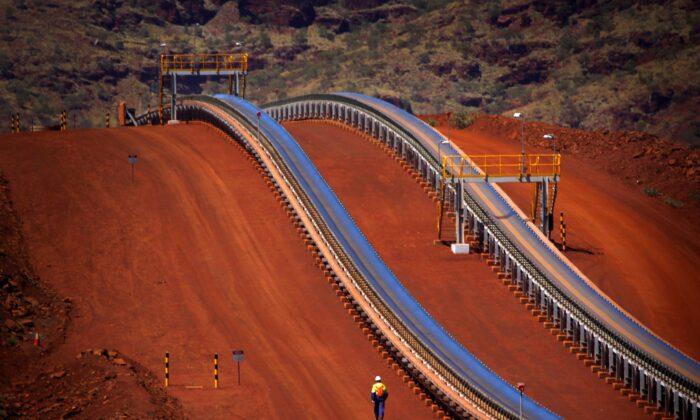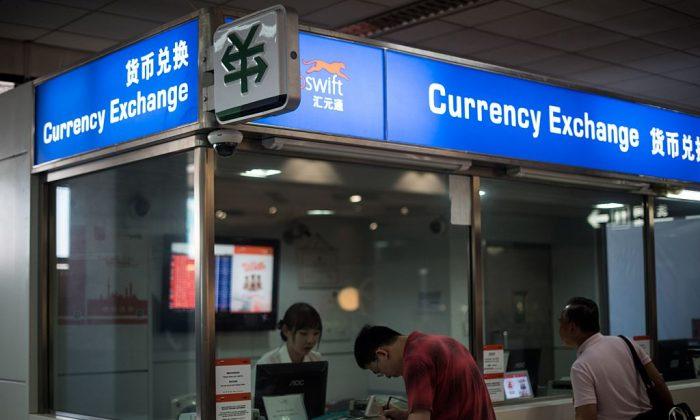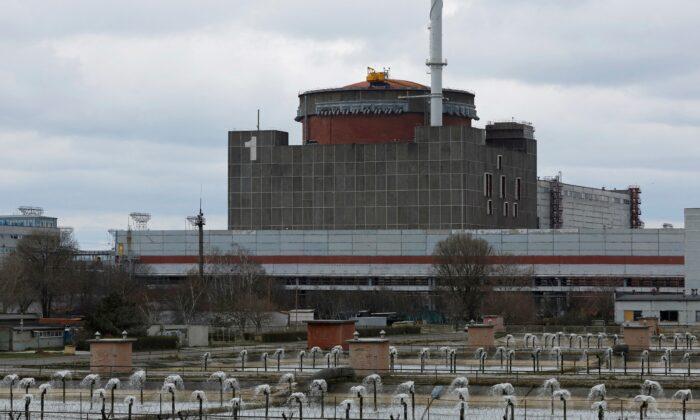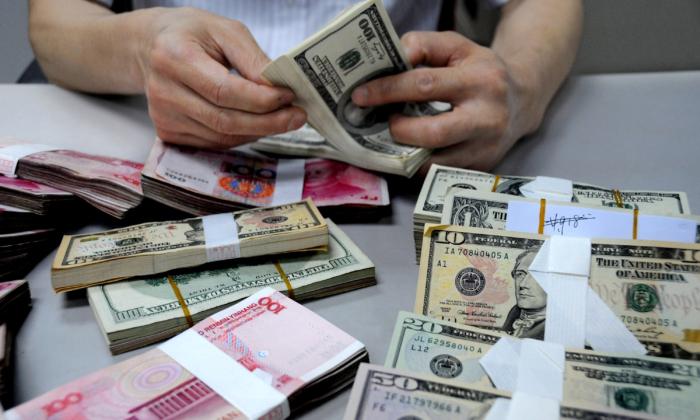Chinese authorities re-emphasized the regime’s goal of achieving “one enterprise for one industry, one industry with one enterprise” in a recent meeting.
According to a source close to Beijing’s top official circle, after the 20th National Congress, the Chinese Communist Party (CCP) plans to centralize various Chinese sectors through the deployment of the “one enterprise for one industry” blueprint, with the ambition of influencing and dominating the whole world.
It’s going to be the main theme of the CCP’s political and economic strategy after the 20th National Congress, and all future policies will be arranged accordingly, the source revealed.
On Sept. 1, Weng Jiming, deputy director of the State-owned Assets Supervision and Administration Commission (SASAC), spoke at a special meeting on the “reform” of state-owned enterprises, and claimed that it was necessary to strengthen the integration of centrally-administered state-owned enterprises (central enterprises) and to shift resources to the top performers. He encouraged more enterprises and regions to realize “one enterprise for one industry,” so as to eliminate the problems arising from small enterprises and weak technology.
The CCP’s centrally-administered state-owned enterprises refers to those that are financed by the State Council or the SASAC, and wholly owned or controlled by the capital of the CCP central government. They are directly managed by the central government or entrusted to central ministries and commissions.
The phrase “one enterprise for each industry” refers to the integration of central enterprises to achieve a monopolistic position in the industry.
Weng also said at the meeting that the authorities encourage cross-regional and cross-tier integrations, with a focus on improving competitiveness.
Central Enterprises’ Dominant Status in China
The SASAC released its latest list of central enterprises on July 25, consisting of 98 companies. China Mineral Resources Group Ltd, which was founded on the day of the release, was included. With a registered capital of 20 billion yuan (about $2.97 billion), it ranked 36th on the list, second only to China Baowu Steel Group Corp., Ltd in the mineral industry.According to China Steel News, the history of Baowu’s development is of “constant integration and restructuring,” and it has absorbed steel enterprises such as Bastel, Shaogang, Masteel, TISCO, Shigang, and Kunsteel, resulting in a combined crude steel output exceeding 100 million tons, placing it first among global steel companies in crude steel production.
Mike Sun, a North American investment strategist and China expert, told The Epoch Times that “China Baowu is now truly the world leader.”
“China has at least five of the top ten steel companies in the world—that’s the direction the CCP wants to go and the goal it is pursuing. It is the result of the three-year restructuring of state-owned enterprises from 2020 to 2022,” Sun said.
He believes that “one enterprise for each industry” does not mean that in absolute numbers, there is only one central enterprise for each industry; instead, it is for a central enterprise to achieve absolute monopoly in the industry.
“The CCP’s proposal to break the geographical restriction is to not allow local governments to have local protection, which is tantamount to taking away the pie from private enterprises and local governments,” he added.
Mergers and acquisitions in China’s steel industry began during the CCP’s last five-year plan (2015-2020). The key objectives laid out for the Development of the Raw Materials Industry in the CCP’s ongoing five-year plan (2021-2025) include the formation of “more than five world-class advanced manufacturing clusters in the field of raw materials.”
According to the source close to Beijing’s official circles, the Chinese regime wants to help central enterprises become larger and more competitive.
Keystone Project
The newly established China Mineral Resources Group is part of the CCP’s “Keystone Project.” This project intends to achieve a say in the supply and pricing of iron ore through the development of new iron ore mines in China coupled with the development of new iron ore and steel scrap resources in foreign countries.The term “Keystone Project” first appeared in Chinese media on Jan. 10 this year, when the China Iron and Steel Industry Association (CISA) stated at its general meeting that it had submitted a report on the Keystone Project to four CCP ministries and commissions.
Global Deployment
A July 21 report in The Australian revealed that the CCP authorities have set up a new central enterprise with the task of centralizing iron ore procurement to increase its bargaining power, and expressed concerns that the CCP’s move will hurt the Australian iron ore industry.In January this year, the Securities Times, a Chinese media, quoted a Chinese steel executive as saying, “If we can reach 60 percent concentration by merging the top 10 steel companies, we will be able to enhance our bargaining power when negotiating with the [international] iron ore giants in the future.”
Mike Sun told The Epoch Times that presently, the CCP’s central enterprises, because of their resource advantages, can be described as “big and comprehensive,” and therefore possess a far-reaching capability.
For example, China Minmetals Corporation engages in real estate and property management businesses. These central enterprises are now required to return to their main business and become “big but focused” instead. In other words, they must become larger and more powerful, so as to monopolize domestically, control all industries in their hands, as well as compete with foreign enterprises with China’s “whole-nation” system. As the Western countries are predominantly private enterprises, the CCP’s central enterprises have their advantages, Sun said.
In the past year, Chinese authorities have established several “giant” central enterprises, such as the China Logistics Group Co., which was established on Dec. 6 last year.
It is composed of the former China Railway Materials Group Co. Ltd. and four well-known companies formerly belonging to China Chengtong Holdings Group in the logistics sector. Its investors are also industry giants such as China Eastern Airlines Group Co., Ltd. and China Ocean Shipping Group Co., Ltd., and China Merchants Group Co., Ltd.
Official reports claimed that the newly established China Logistics has more than 600 branches, 120 railroad lines, 42 futures delivery warehouses, and nearly 3 million professional road trucks. Its operating network is widely distributed in 30 provinces in China and on five continents abroad. Such a scale certainly gives it a clear competitive advantage in the international logistics market.
In addition, on May 8, 2021, China Sinochem Group Corporation and China National Chemical Corporation were merged to form China Sinochem Holdings Corporation. With total assets of over 1,000 billion yuan (about $157 billion), it’s the world’s largest integrated chemical company.





